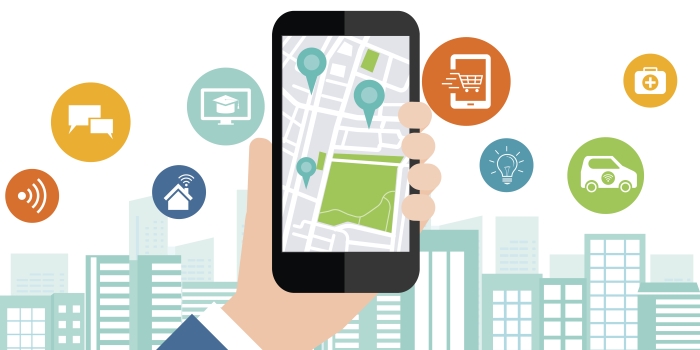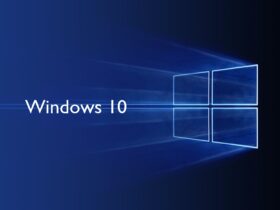A good marketing strategy needs to encompass several techniques. Apart from this, it also needs to serve your prospective mobile audience. Fortunately, marketing is one strategy that can be used to reach a mobile audience.
Research by Statista shows that there are approximately 2.3 billion smartphones on earth. They estimate that by the end of 2021, that number is likely to rise to 3 billion. That means that if you use marketing techniques that include geofencing and geotargeting marketing, you’re likely to get more customers and conversions. In this article, you’ll learn some best marketing practices that you can use to reach the right audience.

1. Understand Your Audience
Like all other marketing techniques, it’s vital to start by knowing who your audience is. Analytical software like Google Analytics can help you know the number of visitors from a specific geographical location who frequent your site. If you combine this information with what you know about your buyer personas, you’ll know where to direct your marketing strategy.
2. Concentrate On The Right Locations
Geomarketing requires you to focus on the right locations. Knowing where your audience comes from is one way of doing this. However, you can also focus on focal clustering to get rich information about your audience’s preferences. This way, you’ll tailor your target marketing to fit their interests.
For example, if you’ve identified customers who’ve visited a specific location many times, it would be best to offer deals that are specific to that location. Additionally, you can use that data to know the locations to exclude based on your goals and the customers’ preferences at that particular time.
3. Set Goals
It’s vital to know in advance what you want to achieve with your marketing campaign. Some goals you can have include achieving more sales from some specific locality, increasing your brand awareness within that locality, promoting a local event to increase subscriptions and sign-ups, enhancing lead generation from a city or town, and getting more traffic from a specific region.
Your goals should also encompass acquiring new customers, building a presence in new markets, and launching new products. All your goals must be specific to enable you to measure them easily after accomplishment.
4. Time Your Campaigns
When you’ve acquired adequate location data and start to notice some patterns, you can use them to time your campaigns and get your audience to take certain actions. For example, it would be needless to show promotions for breakfast deals when people are already full. On the other hand, if you know that some prospective customers are in a specific location during lunch hour, you can tempt them with a discount lunch coupon. Timed marketing campaigns are more relevant, appeal to many people, and can drive sales.
Bottom Line
These are but a few best practices for using marketing campaigns to develop targeted and customized marketing campaigns. Consumers respond better to marketing strategies that capture their locality and are easily accessible on their mobile devices. To target the right audience, you may need to part ways with some money and use a little creativity.










